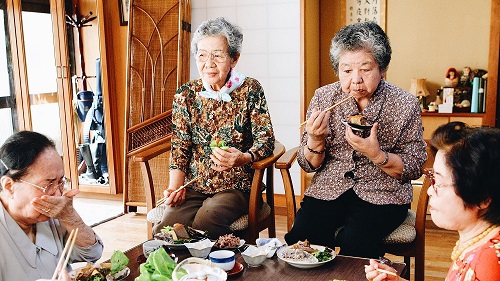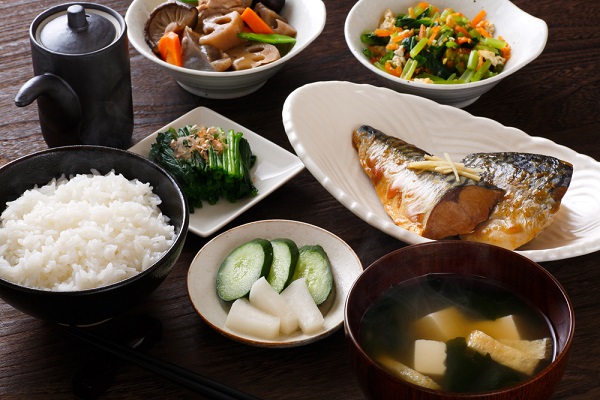Japanese secret to long life

• Simple but quality diet is the secret to Japanese longevity
Tanaka Kane is one of humanity’s great outliers. On January 2, 2021, she became the third person ever to turn 118, according to the Gerontology Research Group, a team of academics. She is the first citizen of Japan to reach 118—but is unlikely to be the last. The country has the world’s longest life expectancy, and 80,000 centenarians.
Mrs Tanaka is an outlier for another reason too. She claims to love chocolate and fizzy drinks, setting her apart from most of her compatriots. Japan has long had one of the lowest sugar-consumption rates in the Organisation for Economic Co-operation and Development (OECD), a club of mainly wealthy countries.
DIET

The unusual longevity enjoyed in Japan is often credited to diet. Yet the idea that the country has extended lifespan by entirely avoiding the West’s sinful culinary delights may be too simple. In fact, recent studies imply that one key to its success may be that its people’s diets have shifted over time towards Western eating patterns.
Japan was not always a longevity champion. In 1970 its age-adjusted mortality rates were average for the OECD. Although its levels of cancer and heart disease were relatively low, it had the OECD’s highest frequency of cerebrovascular deaths, caused by blood failing to reach the brain.
CEREBROVASCULAR MORTALITY
In 1970-90, however, Japan’s cerebrovascular mortality rate fell towards the OECD average. With world-beating numbers on heart disease and fewer strokes, Japan soared up the longevity league table.
How did Japan overcome its cerebrovascular woes? Some of its gains simply mirror better treatments and reductions in blood pressure around the world, Thomas Truelsen of the University of Copenhagen has noted.
LITTLE MEAT & DAIRY
However, another cause may be diets. Japan largely banned meat for 1,200 years, and still consumes relatively little meat and dairy. Too much of these can be damaging, since they contain saturated fatty acids, which correlate to heart disease. Studies have also tied eating lots of processed red meat to a greater risk of stroke.
But too little may be unwise as well, because they provide cholesterol that may be needed for blood-vessel walls. In a study of 48,000 Britons, vegetarians were unusually resistant to heart disease, but prone to strokes.
REDUCTION IN STROKES
In theory, a dearth of animal-based food could have contributed to Japan’s historical cerebrovascular mortality. In 1960-2013, as the country’s deaths from strokes tumbled, its annual meat intake rose from near zero to 52kg per person (45 per cent of America’s level). Tsugane Shoichiro of the National Cancer Centre in Tokyo says that his compatriots may need meat and dairy to keep their blood vessels robust—though not so much that those vessels get clogged.
Some empirical evidence supports this view. One paper from the 1990s found that the parts of Japan where diets had changed most also had the biggest drops in cerebrovascular mortality.
STUDY
Another study, which tracked 80,000 Japanese people in 1995- 2009, showed that strokes were most common among those who ate the least chops and cream. Although Japan’s decline in cerebrovascular deaths could stem entirely from other causes, these data suggest that nutritional shifts may have helped.
The unhappy irony is that Japan’s health gains, paired with a low birth rate, threaten its economy. By 2060, 40 per cent of Japanese could be 60 or older. That would yield more birthday cakes with 118 candles—and fewer great-grandchildren to blow them out.
*Culled from The Economist












